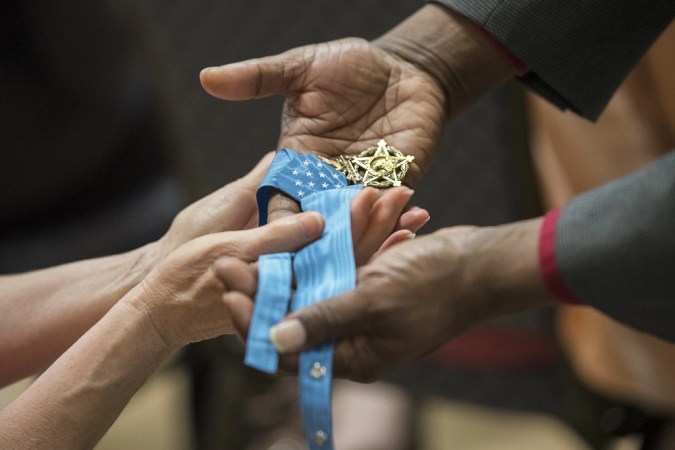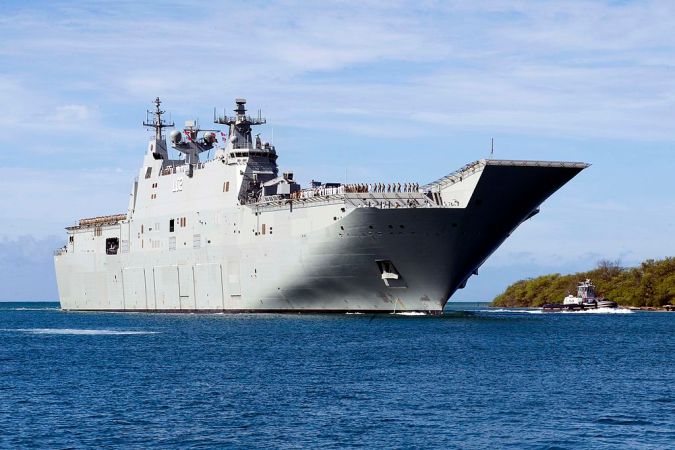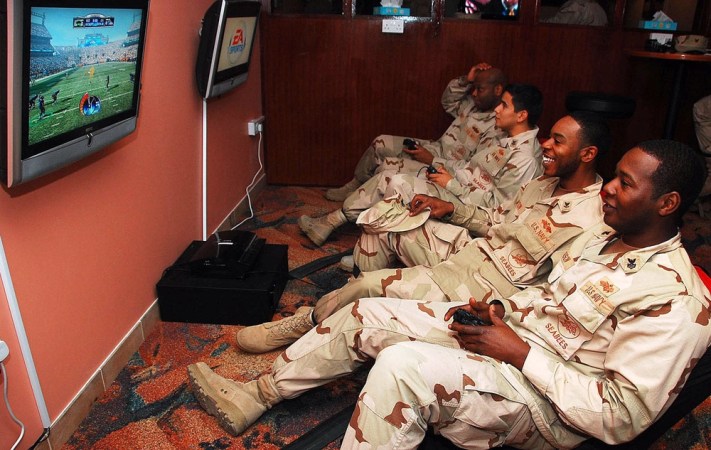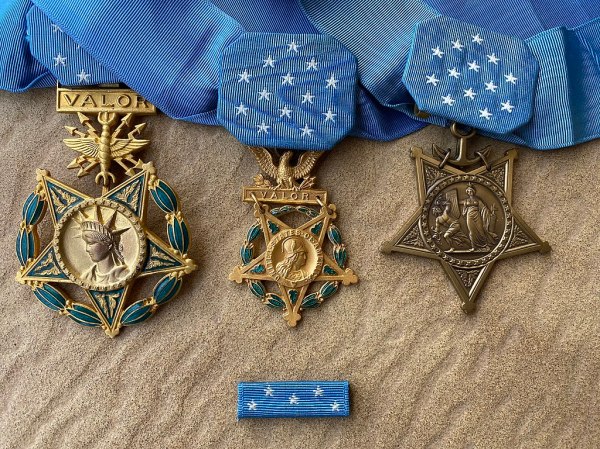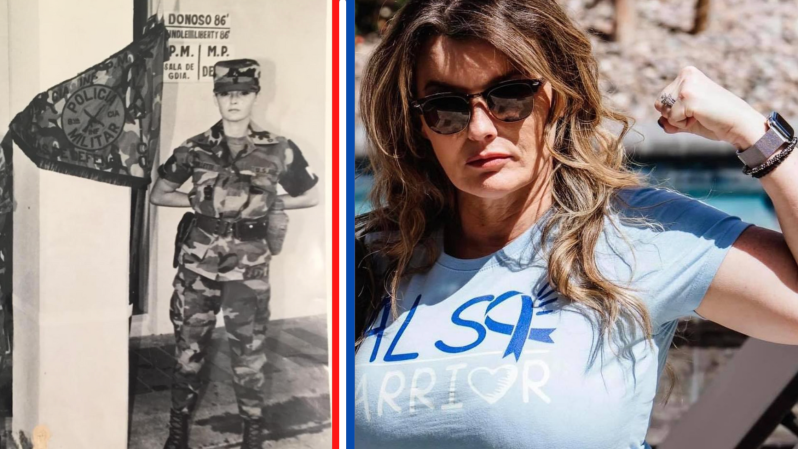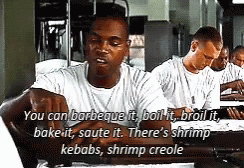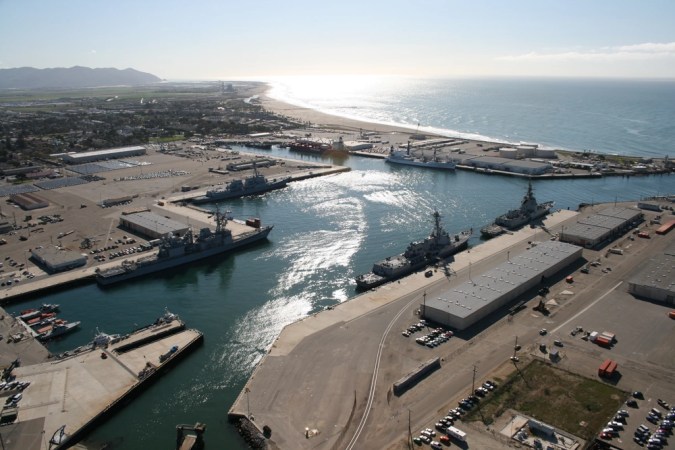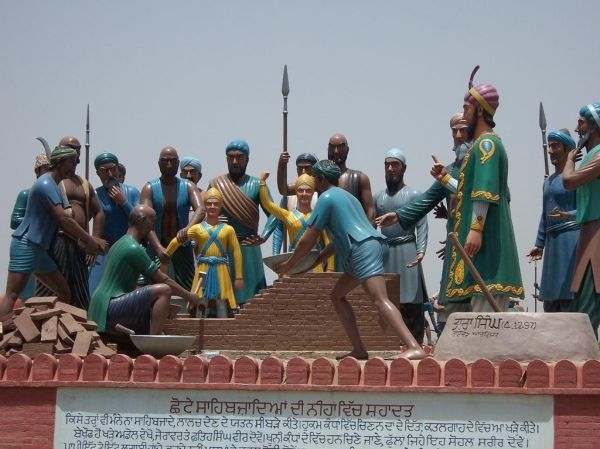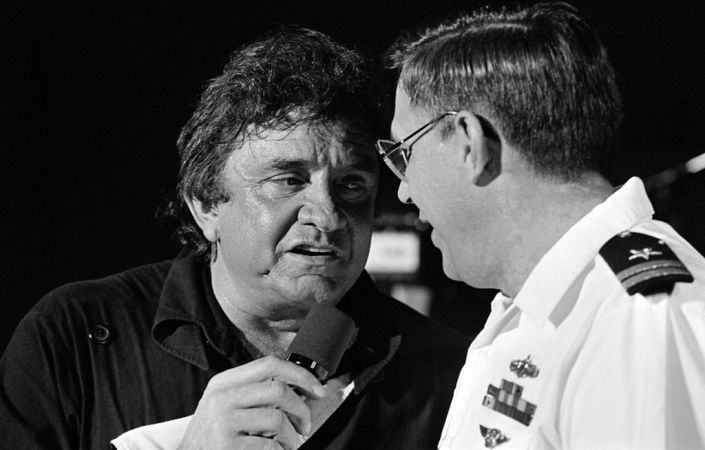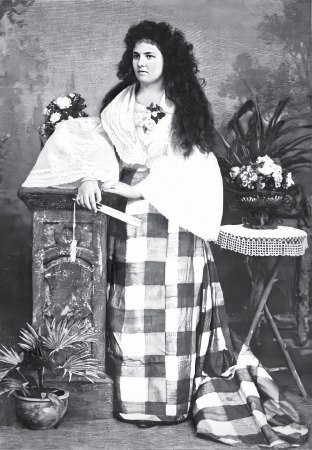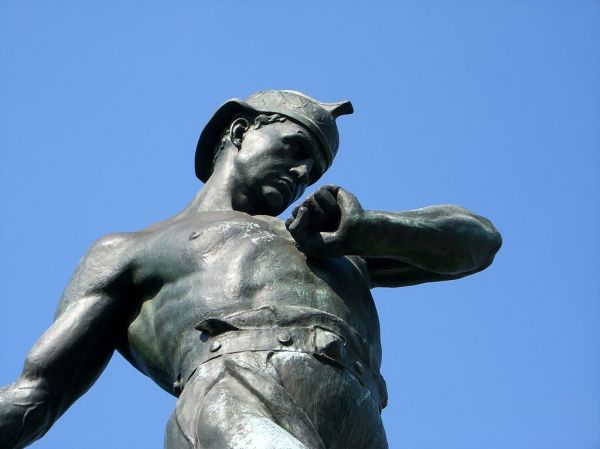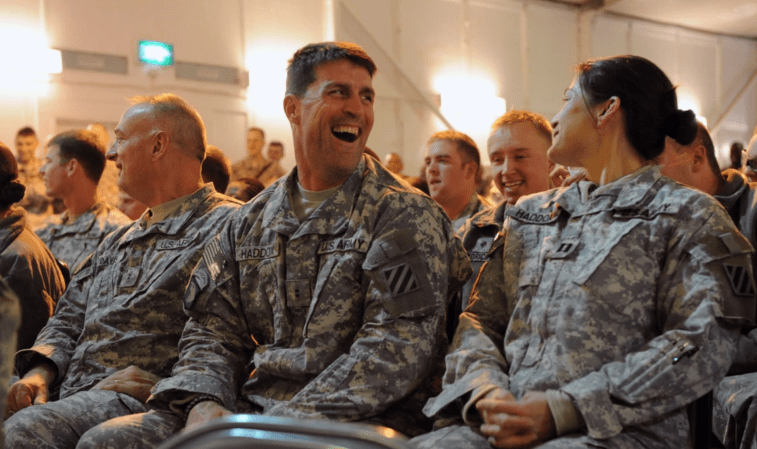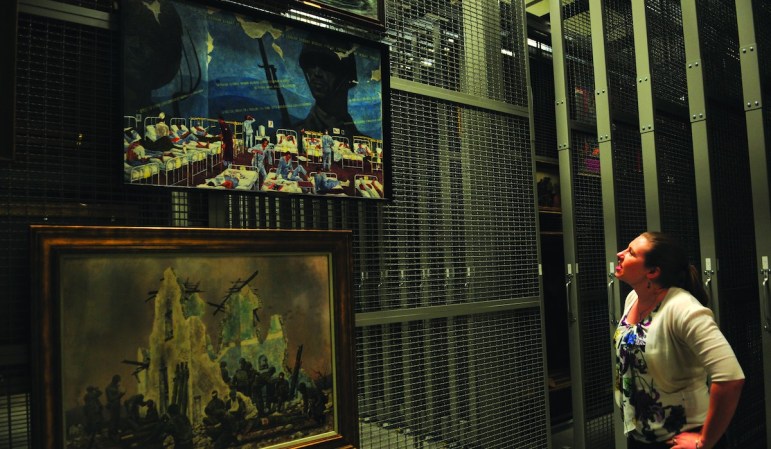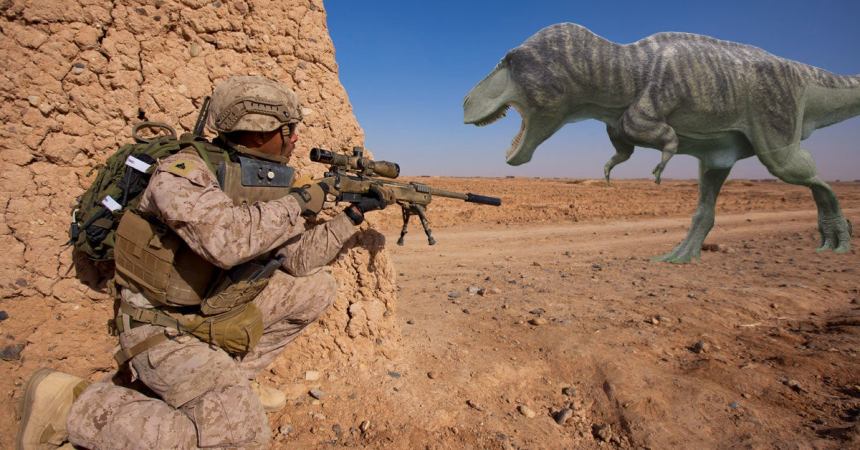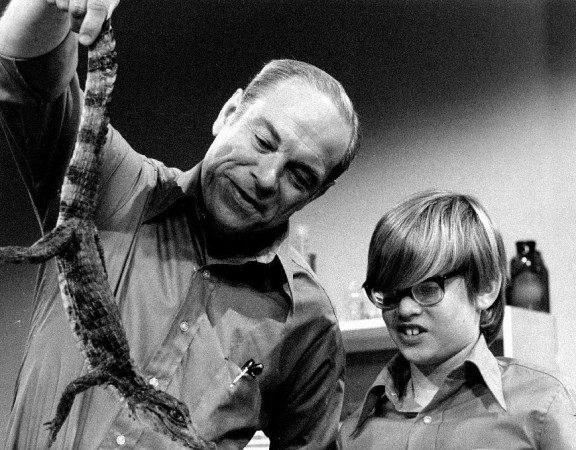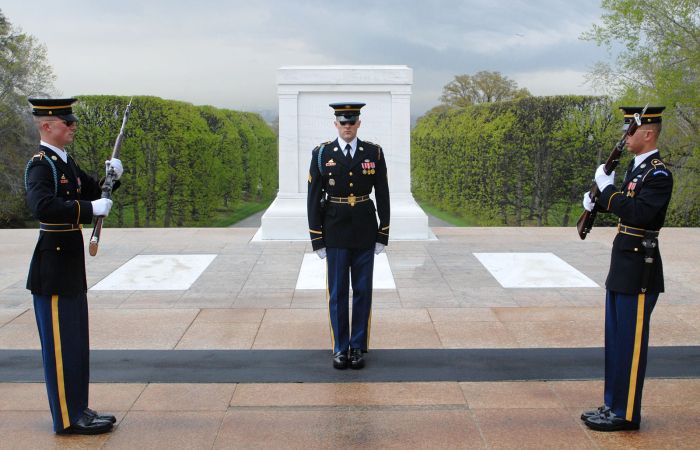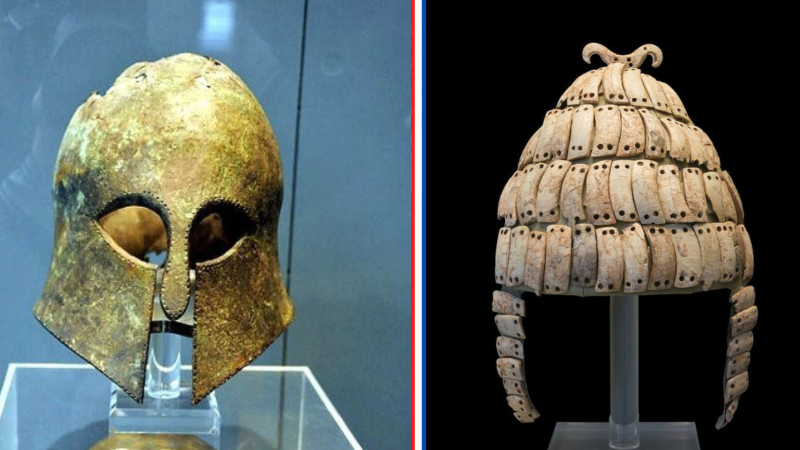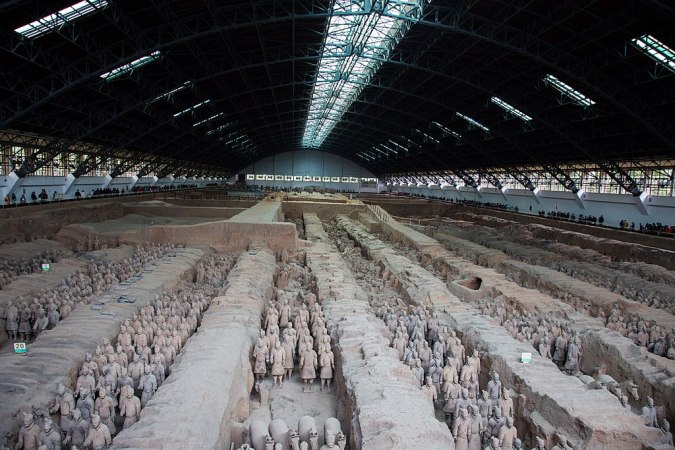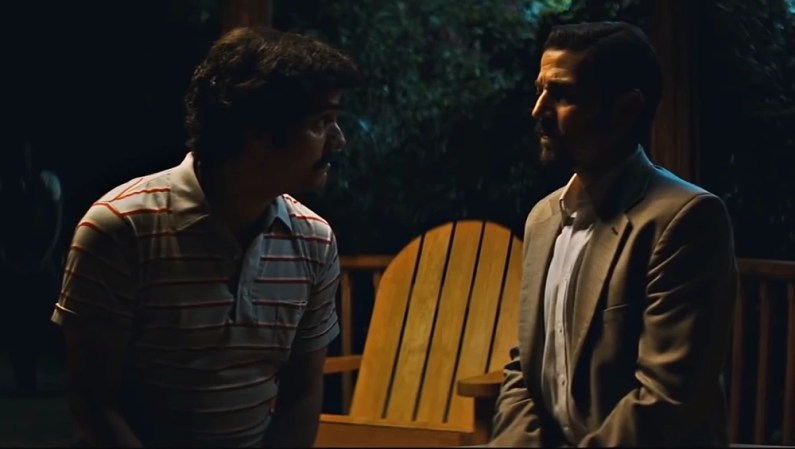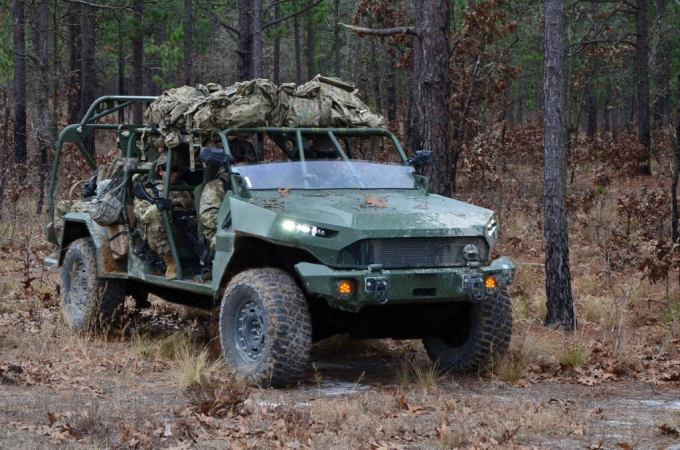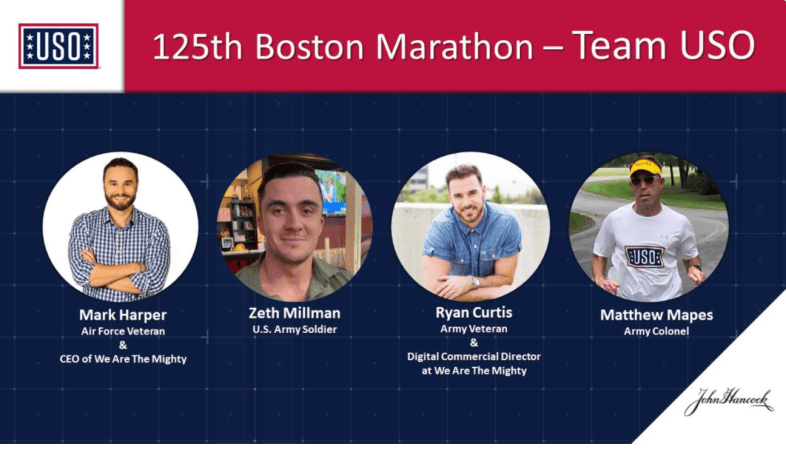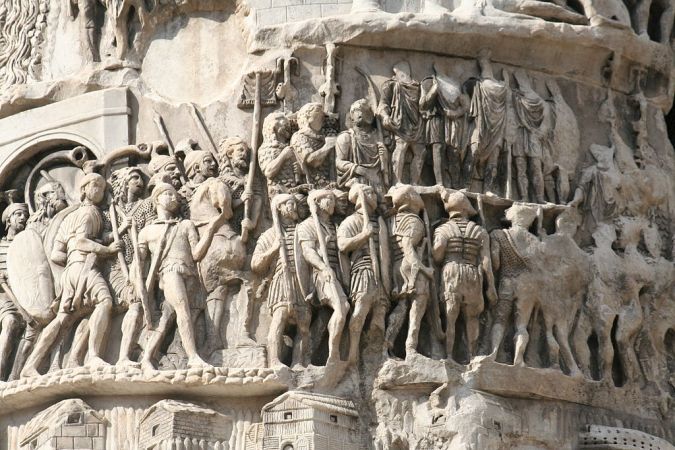The past few years have seen a massive resurgence in UFO research and discussion, both throughout the media and, publicly speaking, from elements of the nation’s own defense apparatus. From 2017’s revelation that the Pentagon had been directly funding investigations into unusual sightings (along with a litany of other unusual phenomena) to last month’s announcement that the U.S. Navy was formalizing UFO reporting procedures, it seems clearer now than ever that something unusual is going on in the skies above our pale blue dot, and that Uncle Sam wants to know what it is.
Of course, for those that have served in high ranking positions throughout America’s defense and intelligence apparatus over the decades, that comes as no revelation at all, as the U.S. Government actually has a long and illustrious history of covert and semi-covert investigations into the unknown.
Some of these efforts, like Project Blue Book, aimed to explain away sightings of strange lights in the skies, while others, like these declassified documents from the CIA’s archive, had a different aim. These documents were meant to serve as a how-to manual to capture the best possible images of flying saucers (or whatever they may be) for further examination. These documents may not prove the existence of alien visitors, but they certainly prove that even America’s foreign intelligence service has long had their eye on the skies.
The CIA readily acknowledges its involvement in UFO investigations dating all the way back to its very inception in 1947, which UFO buffs will be quick to note was the same year as the now-legendary Roswell incident. According to the CIA, they closely monitored Defense Department UFO initiatives throughout this era, even going so far as to draft up the document shown below offering ten tips to UFO investigators who had been struggling to capture clear images of the strange phenomena. This included an attached “UFO Photographic Information Sheet” to be filled out by the photographer whenever a sighting occurred.
The CIA’s guidance for UFO Photographers was, according to the CIA, first published in 1967 and remained classified until December of 2013, though it wasn’t until three years later that the document was uploaded to the CIA’s digital archive, making it readily available to readers from all over the world.
According to the CIA, these are the tips you need to follow in order to get the best possible evidence of your UFO encounter:

(Courtesy of the CIA Archive)
1. Have camera set at infinity.
2. Fast film such as Tri-X, is very good.
3. For moving objects shutter speeds not slower than one hundredth of a second should be used. Shutter and f-stop combination will depend upon lighting conditions; dusk, cloudy day, bright sunlight, etc. If your camera does not require such settings, just take pictures.
4. Do not move camera during exposure.
5. Take several pictures of the object; as many as you can. If you can, include some ground in the picture of the UFO.
6. If the object appears to be close to you, a few hundred feet or closer, try to change your location on the ground so that each picture, or few pictures are taken from a different place. A change in position of 40 or 60 feet is good. (This establishes what is known as a base line and is helpful in technical analysis of your photography.) If the object appears to be far away, a mile or so, remain about where you are and continue taking pictures. A small movement here will not help. However, if you can get in a car and drive l/2 to a mile or so and-take another series of pictures this will help.

(Image captured by James Havard on Flickr)
7. After pictures of UFO have been taken, remain where you are: now, slowly, turning 360 degrees take overlapping, eye level, photography as you turn around. By this technique the surrounding countryside will be photographed. This photography is very valuable for the analysis of the UFO you have just photographed.
8. Your original negative is of value. Be sure it Is processed with care.
9. If you can, have another negative made from the original.
10. Any reproductions you have made for technical study and analysis should be made from the original negative and should be printed to show all the picture including the border and even the sprocket holes, if your film has them.




